Gliwice County
7.05
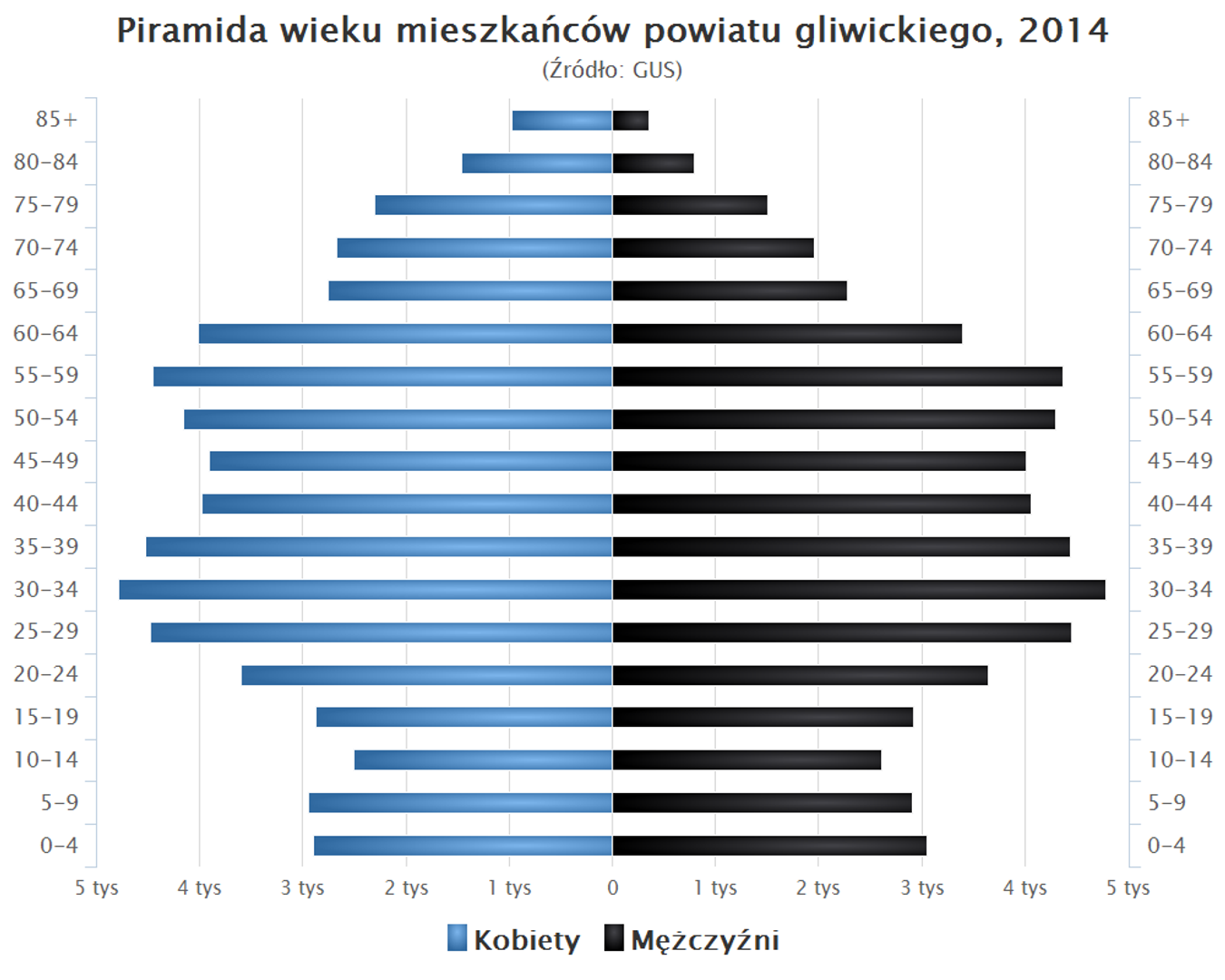
Overview
Gliwice County, established in 1999 as part of the administrative reform, is located in the Silesian Voivodeship, in the western part of the Upper Silesian Industrial Region. As the seat of the county, Gliwice plays an important role in the region, with a history dating back to the Middle Ages. The county, with a population of 115,540 as of June 2020, borders both city counties such as Zabrze, Rybnik, and Ruda Śląska, as well as counties in the Silesian and Opole Voivodeships. The area of the county is characterized by a diverse landscape, where the greenery of fields and forests intertwines with industrial elements. It is worth noting that the county is attractive for tourism, with numerous hiking and cycling trails that allow visitors to explore the charms of the region. Through trails such as the Polish Hussar Trail or the Silesian Insurgents Trail, tourists can discover both history and nature. Gliwice County also features a number of transport hubs, including well-developed road and rail infrastructure, as well as access to international airports, facilitating easy connections with other regions. Architecturally, the county gains significance thanks to its preserved classical and Art Nouveau buildings, which reflect the rich history of Upper Silesia. With its diverse tourist offerings and historical values, Gliwice County becomes an important point on the map of Poland, combining tradition and modernity.
Location
State
Silesian Voivodeship
Country
You can also find here:
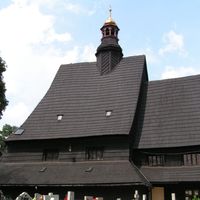
St. Catherine of Alexandria Church in Sierakowice
7.61

St. Nicholas Church in Wilcza
7.37
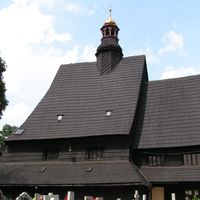
Holy Trinity Church in Rachowice
7.24
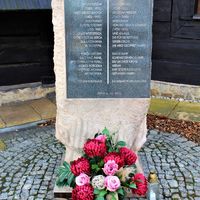
St. Michael the Archangel's Church in Żernica
7.18

Church of the Nativity of St. John the Baptist and the Mother of God in Poniszowice
7.17

Cistercian Landscape Compositions of Great Rudy Landscape Park
7.11

St. Bartholomew's Church in Smolnica
7.05
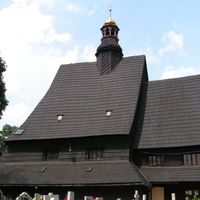
All Saints' Church in Bojszów
7.03

St. Lawrence's Church in Zacharzowice
6.92
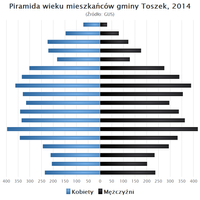
Toszek
6.92
2025 Wizytor | All Rights Reserved